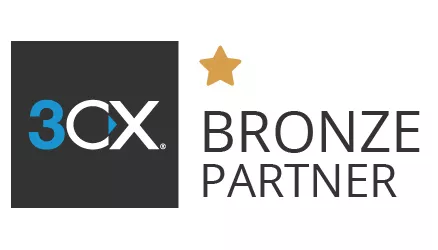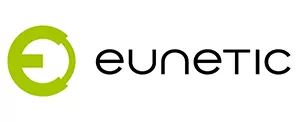High Quality and Resolution
Scalable Vector Graphics (SVG) have gained popularity in web design due to their ability to maintain high quality and resolution across different screen sizes and resolutions. Unlike raster graphics like JPEG or PNG, which can lose quality when resized, SVG images remain crisp and clear, making them ideal for websites and applications where visual fidelity is crucial.
Small File Sizes
One of the significant advantages of SVG graphics is their small file sizes. Since SVG images are defined using XML-based code language rather than containing pixel-based data like raster images, they tend to be much smaller in size. This results in faster loading times for web pages, improving the overall user experience and reducing bandwidth usage, especially on mobile devices and slower internet connections.
Flexibility and Responsiveness
SVG graphics are inherently scalable, meaning they can be resized without losing quality or introducing pixelation. This scalability makes SVG images perfect for responsive web design, where content adapts to various screen sizes and orientations. Whether viewed on a large desktop monitor or a small mobile device, SVG graphics maintain their clarity and detail, providing a consistent user experience across different platforms.
SEO Friendliness
Search engine optimisation (SEO) is essential for improving a website's visibility and driving organic traffic. SVG graphics offer several advantages in terms of SEO, including the ability to embed descriptive metadata directly into the image code. This metadata, such as titles, descriptions, and keywords, helps search engines understand the content of the image, making it more likely to appear in relevant search results.
Compatibility with Different Devices and Screen Resolutions
One of the primary challenges in web design is ensuring compatibility across various devices and screen resolutions. SVG graphics address this challenge by being compatible with virtually all modern web browsers, including Chrome, Firefox, Safari, and Edge, as well as mobile browsers on iOS and Android devices. Whether viewed on a high-resolution Retina display or an older monitor, SVG images render consistently across different platforms and devices.
Accessibility and Usability
Accessibility is a crucial aspect of web design, ensuring that websites are usable and navigable for all users, including those with disabilities. SVG graphics support accessibility features such as alternative text (alt text), which provides a textual description of the image for screen readers and other assistive technologies. By incorporating alt text into SVG images, web developers can make their content more inclusive and accessible to a broader audience.
Animation Capabilities of SVG
In addition to static images, SVG graphics offer powerful animation capabilities, allowing designers to create dynamic and interactive content for the web. Using CSS and JavaScript, developers can animate SVG elements such as shapes, paths, and text, adding visual interest and interactivity to web pages. SVG animations are lightweight and scalable, making them an excellent choice for creating engaging user experiences without sacrificing performance.
Easy Integration and Manipulation
Integrating SVG graphics into web pages is straightforward, thanks to native support in HTML5 and CSS. Developers can embed SVG images directly into HTML documents using the <svg> element or include them as external files using the <img> or <object> elements. Once embedded, SVG graphics can be manipulated and styled using CSS properties such as fill, stroke, and opacity, giving designers greater control over their appearance and behaviour.
Comparison with Other Image Formats
While SVG graphics offer numerous advantages for web design, it's essential to compare them with other image formats such as JPEG, PNG, and GIF to understand their strengths and limitations. Unlike raster images, which are composed of a grid of pixels, SVG images are based on mathematical equations, allowing them to scale infinitely without losing quality. Additionally, SVG graphics support transparency, gradients, and filters, making them versatile for various design purposes.
Examples of SVG Implementations
To illustrate the benefits of SVG graphics, let's explore some real-world examples of their implementation in web design:
- Logo Design: Many companies use SVG graphics for their logos due to their scalability and clarity on different devices.
- Iconography: SVG icons are popular for user interfaces due to their small file sizes and flexibility.
- Data Visualisation: SVG graphics are often used to create interactive charts and graphs, providing a visually engaging way to present data.
- Animation: SVG animations can be found in various contexts, from website banners to interactive infographics.
For examples, go to https://qdos.digital/vector-scalable-vector-graphics to see more
Conclusion
It’s pretty clear that Scalable Vector Graphics (SVG) offer numerous benefits for web design, including high quality and resolution, small file sizes, flexibility, and compatibility across different devices and screen resolutions. Of course, they don’t solve all the problems web designers come across, but leveraging the unique features of SVG graphics, designers and developers can create visually stunning and accessible web experiences that engage users and enhance usability.
Qdos Digital Solutions can help your company take advantage of the benefits of Scalable Vector Graphics (SVG).
Contact us: https://qdos.digital/contact-us
Or alternatively, call us at 020 8763 8732.







